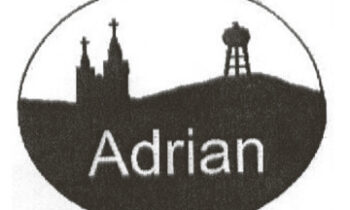A substantial decline in wildlife use and habitat quality on Long Lake in Cottonwood County in southwestern Minnesota has prompted the Department of Natural Resources to begin lowering water levels on the lake, located southeast of the city of Westbrook.
Water levels will be lowered in Long Lake as far as possible and remain there through the winter in an effort to control rough fish and improve wildlife habitat. DNR staff have documented poor habitat conditions as well as common carp and other rough fish in the lake while conducting shallow lake surveys in previous years.
Drawdowns simulate drought conditions, which are the natural “reset” mechanism for shallow lakes and wetlands. Lowering water levels during the winter will help reduce the abundance of common carp and other rough fish that are destructive to beneficial aquatic plants and invertebrates. Low water levels this fall will make accessing Long Lake difficult, but the lake should refill naturally in 2018 with snow melt and rainwater runoff.
Work will begin this fall on the construction of a water control structure and fish barrier. The new structures will allow the DNR to actively manage water levels on the lake, and restrict common carp and other undesirable fish species from reentering the basin from downstream sources.
As part of the project, DNR staff will also be treating Round Lake, located directly upstream of Long Lake, with rotenone. Rotenone is a product that is toxic to fish. This reclamation effort will help eliminate undesirable fish species that currently dominate the system. The treatment of Round Lake is scheduled for the third week in October.
Funding for this project was provided by the Outdoor Heritage Fund, created after voters approved the Clean Water, Land and Legacy Amendment in November 2008, which increased sales tax by three-eighths of 1 percent. The fund receives one-third of the sales tax dollars and may only be spent to restore, protect and enhance wetlands, prairies, forest and habitat for game fish and wildlife.






